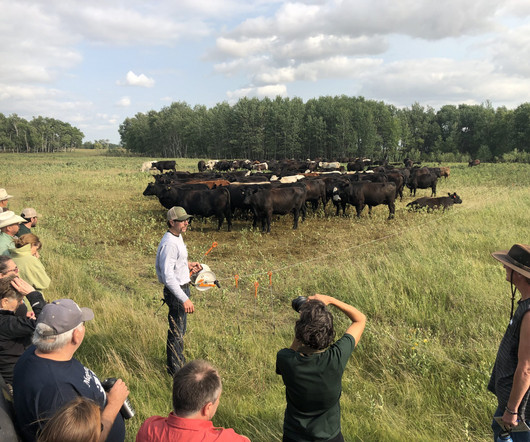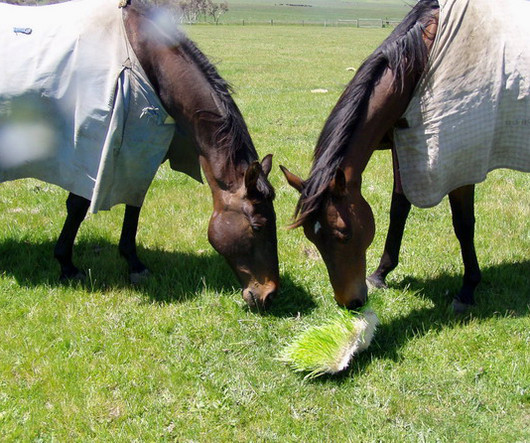Regenerating Humility
RR2CS
DECEMBER 8, 2023
Bla-Kar grows mainly soybeans and corn with some livestock integration and South Glanton is a mixed grain and cattle operation. Like all the regenerative agriculture producers I have met on this tour and in Alberta, Blake and Ryan are doing something that goes against the grain (no pun intended).











Let's personalize your content